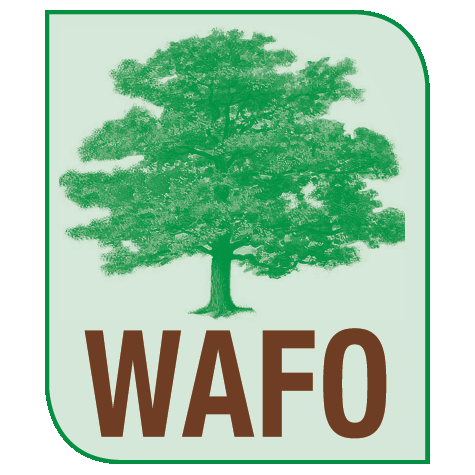DNR Proposes Major Changes in Field Forester Operations that Affect Private Landowners
At its January meeting, the Council on Forestry was briefed on the DNR’s Division of Forestry reorganization plans. In her presentation, Carmen Harden, Forest Management Bureau Director, described how the Forestry Division intends to change how field foresters will interact with private woodland owners.
Out of its 530 positions, the DNR currently allocates an equivalent of 72 staff positions to support its private forestry operations. That total “level of effort” would not change. However, the amount of assistance that landowners receive, including with their MFL lands, will change dramatically.
Under the new system field staff would have much more narrow job responsibilities.
Of the 42 Tax Law positions, 37 field positions would be established to administer the Managed Forest Law. Their job responsibilities would be to address:
- Sound forestry aspects of the Tax Law
- Landowner management plans
- Cutting Notices
- Mandatory Practices
Five specialists would be assigned responsibilities to:
- Focus on administrative aspects of the Tax Law
- Administer applications, withdrawals, corrections, and transfers
The other 29 staff positions would be responsible for:
- Developing and directing outreach campaigns to reach the “unengaged” landowners
WAFO has expressed concerns that this proposed organizational structure will not help build and strengthen landowner relationships but rather will lead to landowners becoming more frustrated by having to work with more than one field forester, with whom they would likely have developed a relationship over the years.
For lands enrolled in the MFL, landowners will be referred to the new Tax Law Specialists whose job responsibilities would be to ensure that the MFL regulatory requirements are met. How they would receive support and guidance on topics such as cost-sharing or implementing recommended practices such as Timber Stand Improvement Projects is unclear — although it was noted that private consultants would be available to help with those activities.
On its face this new structure appears to be much more bureaucratic. The changes may very well have been designed to improve internal efficiencies, but in the long-term will result in a loss of the trust and respect which landowners have established with their field forester.
WAFO has asked for more detail on the proposed changes and will keep you informed of what we learn.
The Legislature is Back in Business and the Fate of the DNR is Unknown
Will the DNR be split and the Forestry Division be transferred to the Department of Agriculture, Trade, and Consumer Protection?
There have been some general proposals made by legislators to split the DNR into several agencies. In one proposal, two primary agencies would be established: one responsible for hunting and fishing and the other with environmental protection, pollution control and endangered resources. Other functions would be transferred to existing agencies.
One of the proposals being evaluated would be to transfer the entire Forestry program to the Department of Agriculture, Trade, and Consumer Protection, which would result in shifting 530 positions, along with $86,000,000 annual funding.
Another proposal discussed would be to simply move private forestry operations to the Department of Agriculture, with the logic that privately owned woodlands produce crops the same as do other agricultural producers.
It is important to note there currently are no bills being considered to make these changes and these are just proposals being considered.
Governor Walker will present his budget on February 8th. It is then that we will learn if he is going to propose making any changes to the DNR organizational structure. The Joint Finance Committee will then begin its drafting the next biennial budget, making changes and adjustments it feels appropriate. Separate bills may also be developed and proposed on forestry related changes, but to date there have been none.
As we have in the past, WAFO will keep you apprised of proposed changes as they develop.
WAFO works with the Department of Revenue on Revising the Wisconsin Assessors Manual
WAFO Board Members Doug Duren and Richard Wedepohl were invited by the Wisconsin Department of Revenue to help with revisions to the Forestry Section of Wisconsin Property Assessment Manual. This document provides detailed guidance on proper assessment procedures and instructions to assessors on how to value and report property.
Department of Revenue staff were very open to suggestions on valuation methodologies of forest lands along with another proposed change that would more specifically differentiate between the undeveloped and productive forest classifications. Problems have arisen in the past where assessors classified some lands as productive forest, only to find out the land did not meet eligibility criteria for the Managed Forest Law. A correction would be to add language to the manual similar to that found in DNR’s rule that describes productive forest land as needing to be able to produce 20 cubic feet of merchantable timber per acre per year.
We will continue to offer our assistance and updates as more work takes place.
